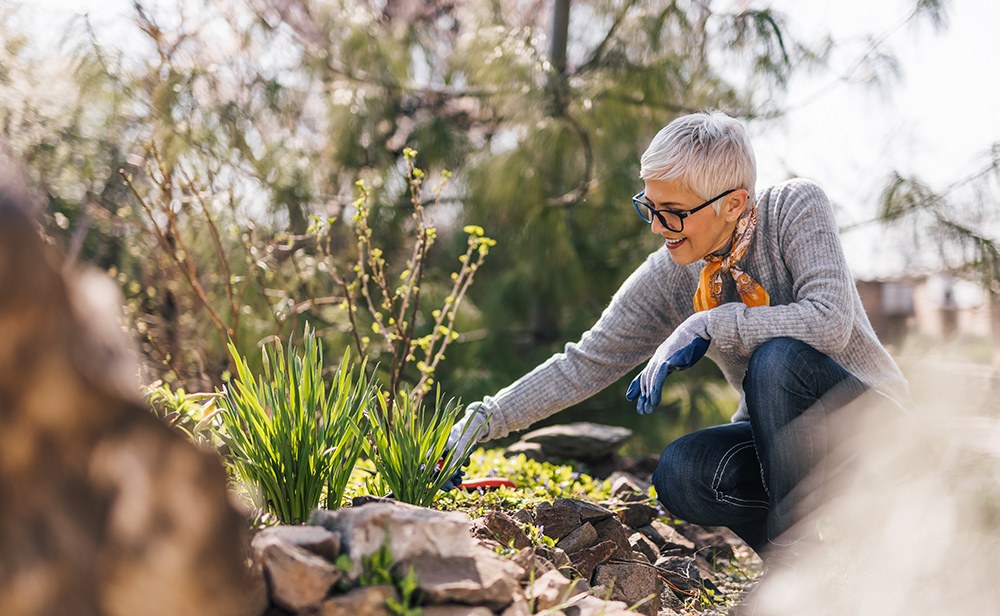At times it may seem like the greater part of our days are spent online, yet a simple walk through a garden is an enjoyable way to get a daily dose of Vitamin N (“Nature”) and reset. One of the top trends in gardening these days is creating habitat gardens for wildlife using native plants.
Planting with a purpose, where every plant put in the ground has a purpose for being there and lends itself to creating wildlife habitats.
If you plant it, they will come.
From hummingbirds, butterflies and insects to birds and bats and mammals to snakes, frogs, salamanders and more, wildlife survives and thrives in an environment with native plants.
In our own landscapes, native plants are considered by many to be an excellent wildlife habitat resource. The plants are more resilient and easier to maintain since they’ve lived in our area for thousands of years and are acclimated to the local climate and landscape. The local wildlife has evolved alongside the native plants so it naturally recognizes native plants as a source for food and shelter.
We all have our favorite plants, yet authorities such as Doug Tallamy, a professor of entomology at the University of Delaware and author of “Bringing Nature Home: How You Can Sustain Wildlife with Native Plants” advocates incorporating native plants when possible.
Planting a flower-rich habitat for pollinators encourages bees, butterflies, moths and others that require nectar and/ or pollen as their primary food source. Pollinator Plants for Northern Plains Region has many suggestions, such as Blue giant hyssop (Agastache foeniculum).
Remember! Call before you dig!
When you’ll be digging 6 inches or more, remember to 811 “Call Before You Dig” or contact your state 811 center’s website a few business days before you begin your project to request that the approximate location of buried utilities be marked with paint or flags so you don’t unintentionally dig into an underground utility line.
The 811 Digger’s Hotline is a nationwide, easily accessible FREE resource for anyone who’s planning a digging project, including homeowners and professional excavators. This includes planting trees and shrubs or installing fences and mailboxes. The specific amount of advance notice required varies by state. Although you may be unaware, there could be buried utility or network lines underground on your property and you can be held responsible for damage if you didn’t call to have the area marked before digging.
Resources for creating wildlife habitat gardens, including plants by zip code.
Audubon Native Plants Database (https://www.audubon.org/native-plants)
Lady Bird Johnson Wildlife Center (https://www.wildflower.org/plants-main)
North American Native Plant Societies
The Xerces Society (https://xerces.org/pollinator-conservation/pollinator-friendly-plant-lists)
